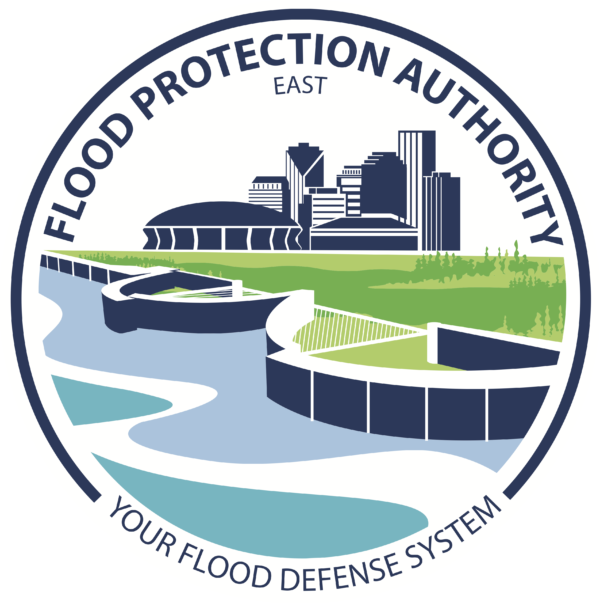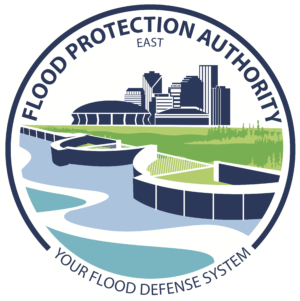Build a Kit
Stock up on essential supplies for several days.
- Food, water, and non-perishable items.
- First aid kit, medications, and personal hygiene products.
- Bleach, masks, hand sanitizer, and disinfecting wipes.
- Emergency tools, flashlight, and extra batteries.
- Important documents (IDs, insurance papers, medical records).
- Special needs items for infants/small children or elderly/disabled.

Develop an Evacuation Plan
- Plan Your Route
- Identify evacuation routes in your area.
- Plan your destination and route in advance.
- Identify multiple routes to account for potential blockages.
- Vehicle Preparation
- Ensure your vehicle is fueled and in good condition.
- Expect four times longer travel time than usual.
- Transportation Assistance for Residents
If you do not have the ability to evacuate during a mandatory evacuation, you may seek help from your local government here:
Prepare Your Home/Business
- Reinforce doors and windows with storm shutters or plywood.
- Secure loose outdoor items; trim weak branches.
- Clear gutters and drains.
- Elevate valuables and electrical equipment.
- Install barriers to prevent water infiltration.
- Keep important documents in a waterproof container.
- Secure or move bikes, furniture, and grills indoors.

